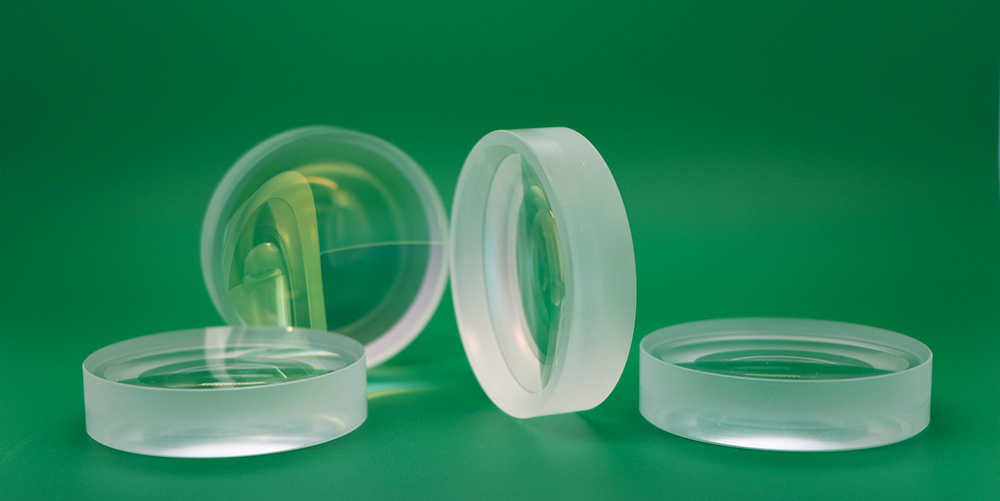Bi-Concave Lenses
◢Bi-concave lenses
Double-Concave Lenses, also known as Bi-concave Lenses, are common optical components classified as negative spherical lenses due to their negative focal length. Featuring a symmetrical geometry, they exhibit concave spherical surfaces on both sides, forming a structure with a thin central region and thickened edges. This distinct shape—visually recognizable by its inward-curving faces—directly governs their unique optical behavior in diverging light rays. The defining characteristic of Double-Concave Lenses lies in their geometric profile: thinner at the optical center and progressively thicker toward the periphery, enabling precise control over light divergence and beam spreading in optical systems.
When parallel light rays enter a double concave lens, due to the deflection effect of the concave surfaces on both sides, the light rays do not converge at one point like passing through a convex lens, but will spread outward, forming a divergent beam. This is precisely the most prominent feature of bi-concave lenses - divergence.
Optical characteristics
The focal length of a bi-concave lens is negative, which can cause parallel incident light rays to diverge outward, forming a divergent beam. Its divergence characteristics stem from the refractive effect of two concave surfaces on light rays. The light rays extend in reverse and converge at the virtual focal point, unable to form a real image. It has negative focal length and divergence characteristics.
In the use of optical instruments, consumer electronics, and energy equipment, anti reflective coatings are deposited on the specific optical operating bands of their applications. Suitable for optical systems ranging from visible light to mid infrared wavelengths, it is widely used in optical systems such as laser systems, imaging systems, lighting equipment, etc., such as camera lenses, laser windows, fiber optic communication modules, and solar panels, to achieve functions such as beam divergence, optical path compensation, or aberration correction.
In applications, the symmetrical design of the double concave surface can balance the spherical aberration in the optical path, making it suitable for optical systems that require high symmetry divergence, such as beam expansion systems. Asymmetric curvature design is used for aberration compensation in specific optical systems.
The main functions include:
Beam expansion and collimation:Adjusting the beam diameter through divergence, suitable for optical path correction in laser beam expansion, projection systems, and optical instruments.
Optical system optimization: used to adjust the focal length of the system or correct aberrations (such as hyperopia correction) to improve imaging quality.
Compared with plano-concave lens, the double-concave symmetry structure of double-concave lens makes its divergence efficiency higher, and it is more suitable for symmetrical optical path design in optical system.
CLZ Optical Co., Ltd. provides a catalog of standard double concave lenses for various applications, as well as customized processing of double concave lenses according to customer drawings or specifications. An optical system that can meet the different types of double concave lenses requirement for customers. Double concave lenses are suitable for various optical systems, such as medical imaging equipment, virtual reality, laser lenses, autonomous driving, and optical path compensation.
The design principle of double concave lens
a. mechanism of structural symmetry and divergence
A bi-concave lens consists of two symmetrical concave surfaces, with a thin center and thick edges. Its curvature radius determines the negative focal length of the lens. This symmetrical design causes parallel incident light rays to diverge outward through two refractions, forming a divergent beam. The light rays that form the beam come from the virtual focal point behind the lens.
b. aberration correction and optical path optimization
Spherical aberration or chromatic aberration in optical system can be compensated by adjusting the ratio of curvature radius of double concave surface. For example, in laser beam expanding or projection systems, bifocal lenses are used to enlarge the beam diameter or collimate astigmatism, improving the optical path symmetry.




















